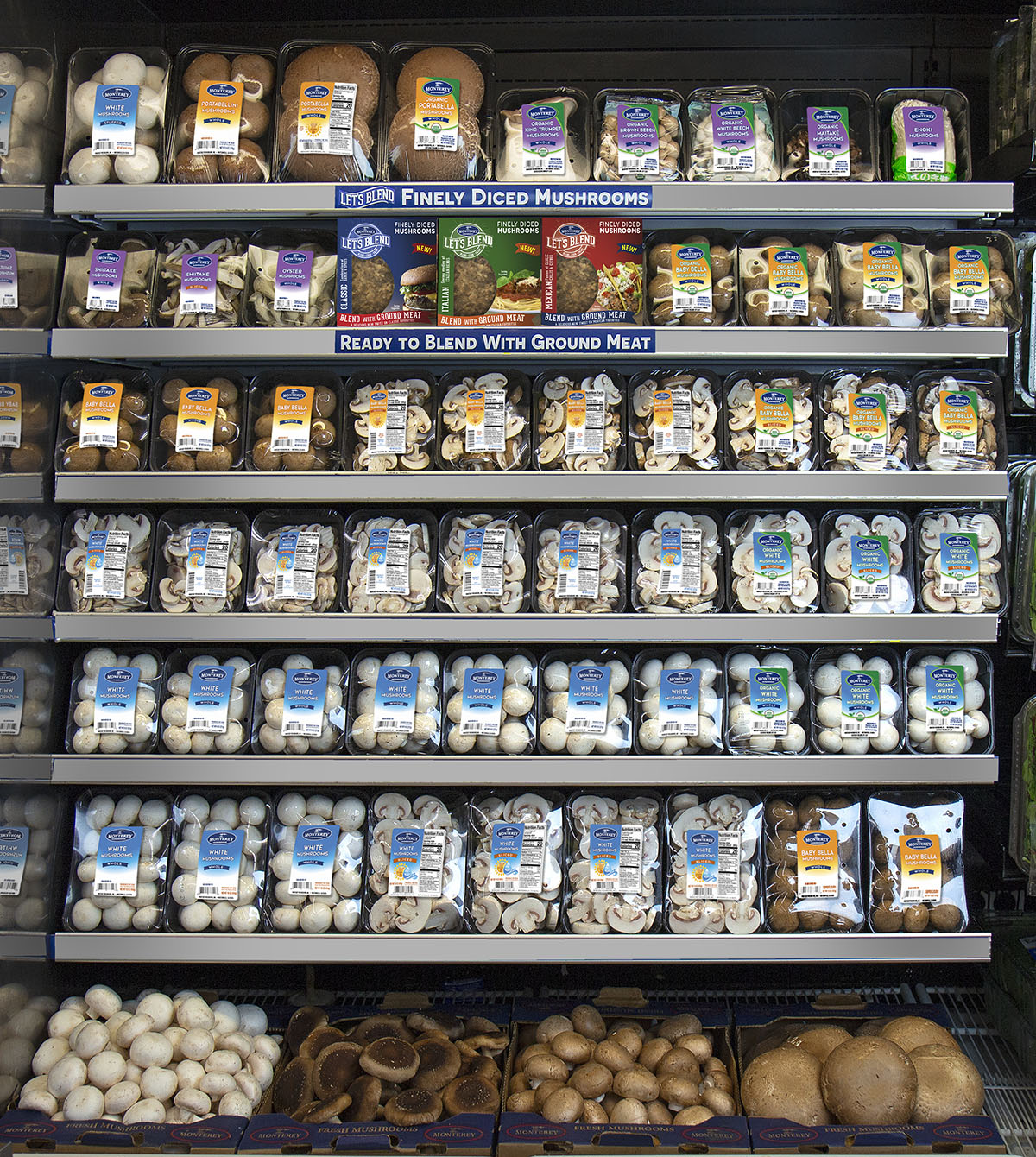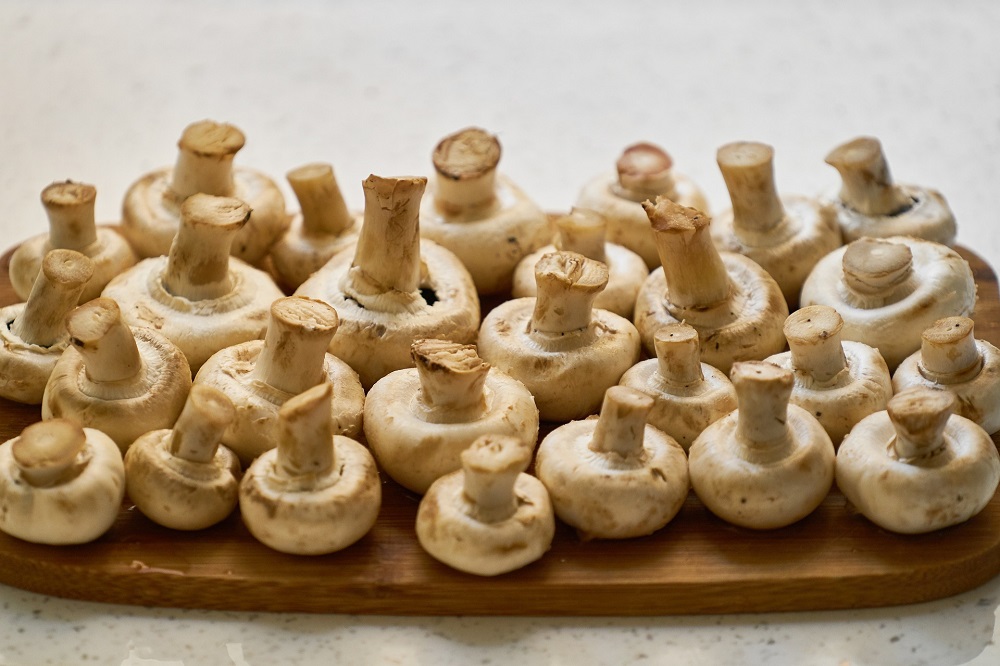Driven by demand, growers are continuing to increase their production of organic mushrooms with brown mushrooms (baby bellas) leading the way, though shoppers can find an organic option for all the popular varieties.
Heather Harter, industry communications coordinator at the Mushroom Council, said the organic category is growing at a faster clip than conventional mushrooms and now represents more than 15 percent of total mushroom sales. This assessment was confirmed by two industry members that are strong players in the organic mushroom category.

Heather Harter, industry communications coordinator, Mushroom Council
Mike O'Brien, vice president of sales & marketing for Monterey Mushrooms, which is headquartered in Watsonville, CA, said: “There is double digit growth in the organic mushroom category, and it is outpacing the category. I do expect organic mushrooms to continue their aggressive growth. This is driven by the millennial consumer who demands more organics.”
He said it is an interesting phenomenon in the mushroom category as the traditional white mushroom leads sales in the conventional market while browns carry the load on the organic side of the aisle. In separating out those two top selling offerings, O’Brien said “for conventional mushrooms the mix is 67 percent whites and 33 percent browns, while organics sell at 45 percent whites to 55 percent browns.”
 Mike O'Brien, vice president of sales & marketing, Monterey Mushrooms
Mike O'Brien, vice president of sales & marketing, Monterey Mushrooms
Meghan Klotzbach, vice president of sales, marketing & operations for C.P. Yeatman & Sons, Inc. and its Mother Earth, LLC packing operation in Pennsylvania, said the same sales dynamic takes place for their company. Speaking of the organic category, she said, “We have noticed criminis (or baby bellas) trending more than white button mushrooms. Exotics are also taking off in the organic retail world -- Oyster, Maitake, exotic blends. Almost every variety is available in organic. We sell a full line of organics at Mother Earth.”
She noted that about 40 percent of the company’s mushroom sales are organic.

Monterey Mushrooms on display
With regard to Monterey Mushrooms, O’Brien said, “We are currently at 20 percent organic. That number will continue to shift upwards as we adjust square footage to meet demand. We are currently shifting more square footage to organic to meet the current demand and will continue to shift square footage from conventional to organic plus we are adding square footage to farms to meet the forecasted demand.”
 Meghan Klotzbach, vice president of sales, marketing & operations, C.P. Yeatman & Sons
Meghan Klotzbach, vice president of sales, marketing & operations, C.P. Yeatman & Sons
Klotzbach said organic mushrooms are now available throughout the country but she did say that some regions do have a higher percentage of sales. She speculated that because about 60 percent of the mushroom production is centered in Pennsylvania, it’s probably easier and a little less costly to source organic mushrooms in the Northeast region but said there are organic mushroom growers on both coasts.
She added that organic mushrooms are more expensive to produce. “At Mother Earth, we take IPM (integrated pest management) very seriously. We invest a lot into our building maintenance and sanitation practices to ensure that we are doing our best to exclude the pests and diseases before we have a problem,” Klotzbach said. “The inputs can be more expensive, but most of the cost comes from maintaining our buildings very well and the amount of sanitation we do. They get about a 15 percent price premium.”
O’Brien said producing organic mushrooms has the same challenges as the production of many organic produce items. “As with most organic produce, there is a difference in the yield that we experience for organic mushrooms when you compare the yields for conventional. Therefore, there are increased costs per pound of organic mushrooms compared to conventional. They are reflected in the price. Category management data reveals that the consumer is willing to pay up to a 20 percent upcharge for organic produce.”

O’Brien said promotion is one of the keys for increasing sales. “Just like conventional mushrooms, organic mushroom should be promoted on a regular basis to encourage usage.”
He added that the growth trend for organic mushrooms is being driven by the retail sector. “Apart from niche organic restaurants and white tablecloth restaurants, the foodservice segment has been slow when it comes to organic mushrooms. We hope to change that by educating the restaurants and chefs,” he added.
According to the Mushroom Council, there were almost 36 million pounds of organic mushrooms consumed in the United States in 2018 compared to 283 million pounds of conventional mushrooms. The average retail price for a pound of conventional mushrooms was $3.94, while organic mushrooms returned $4.72.






